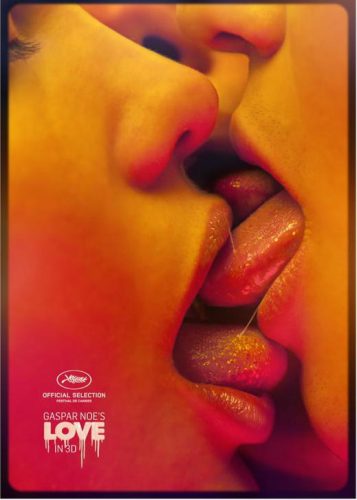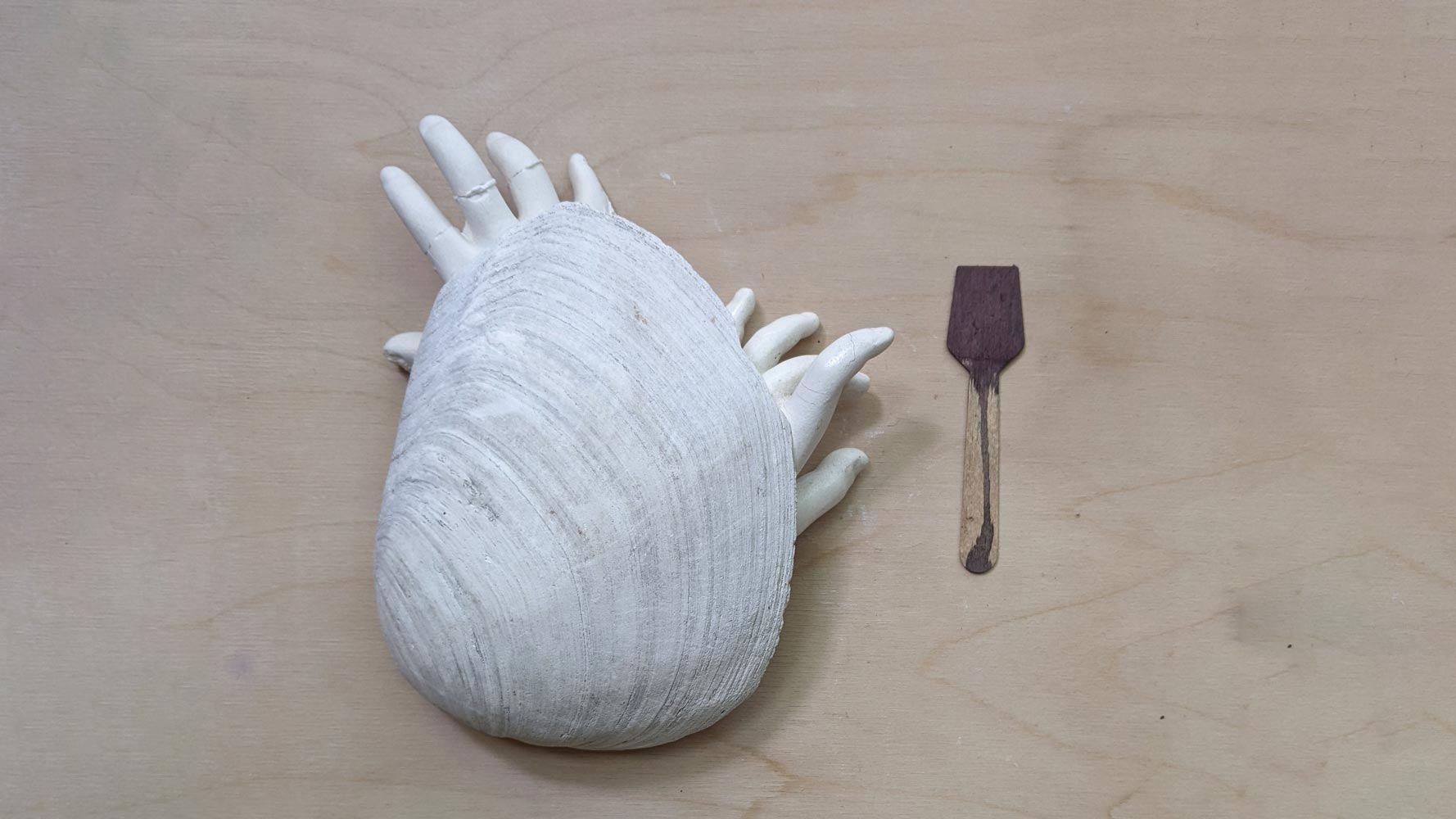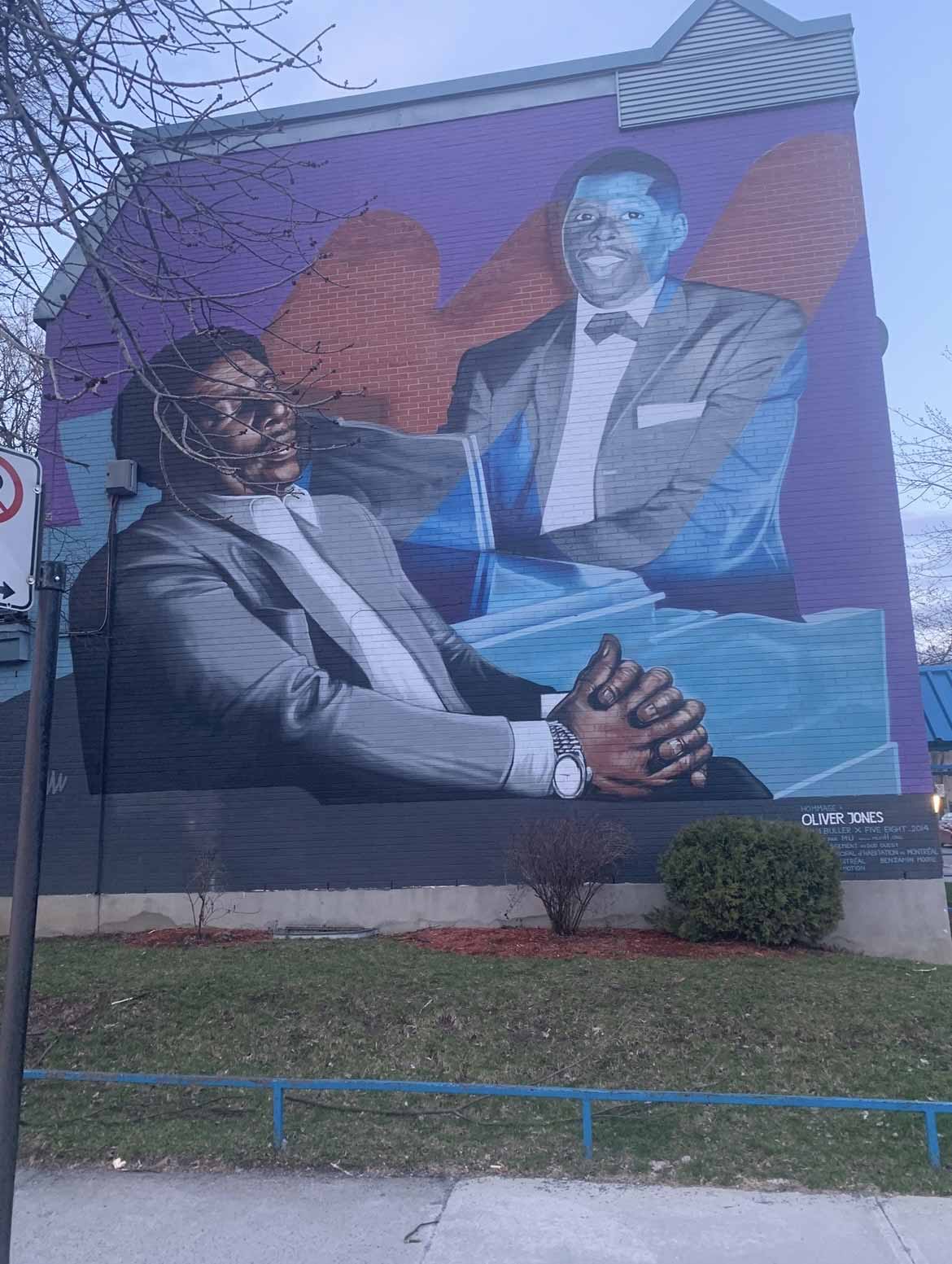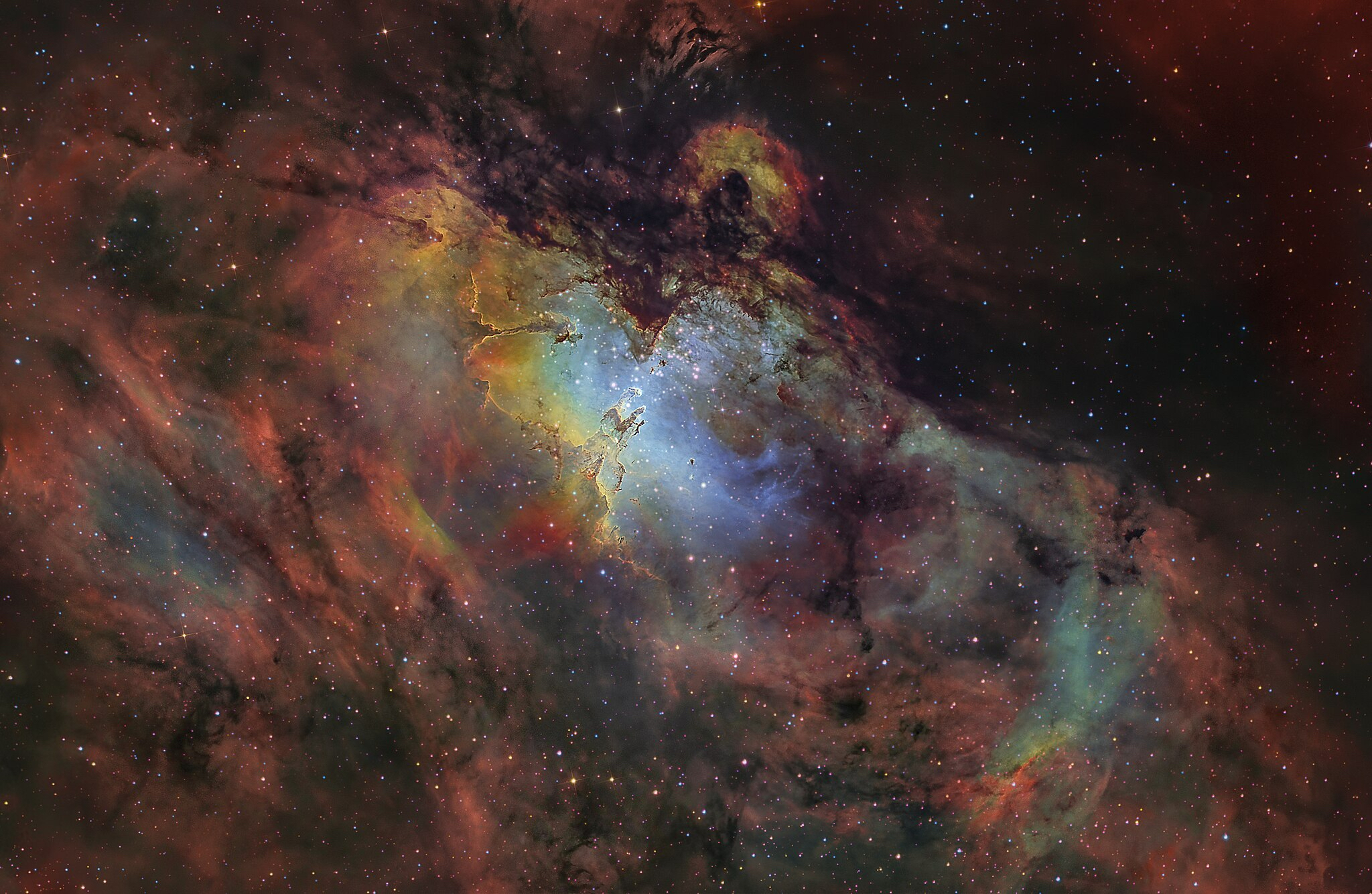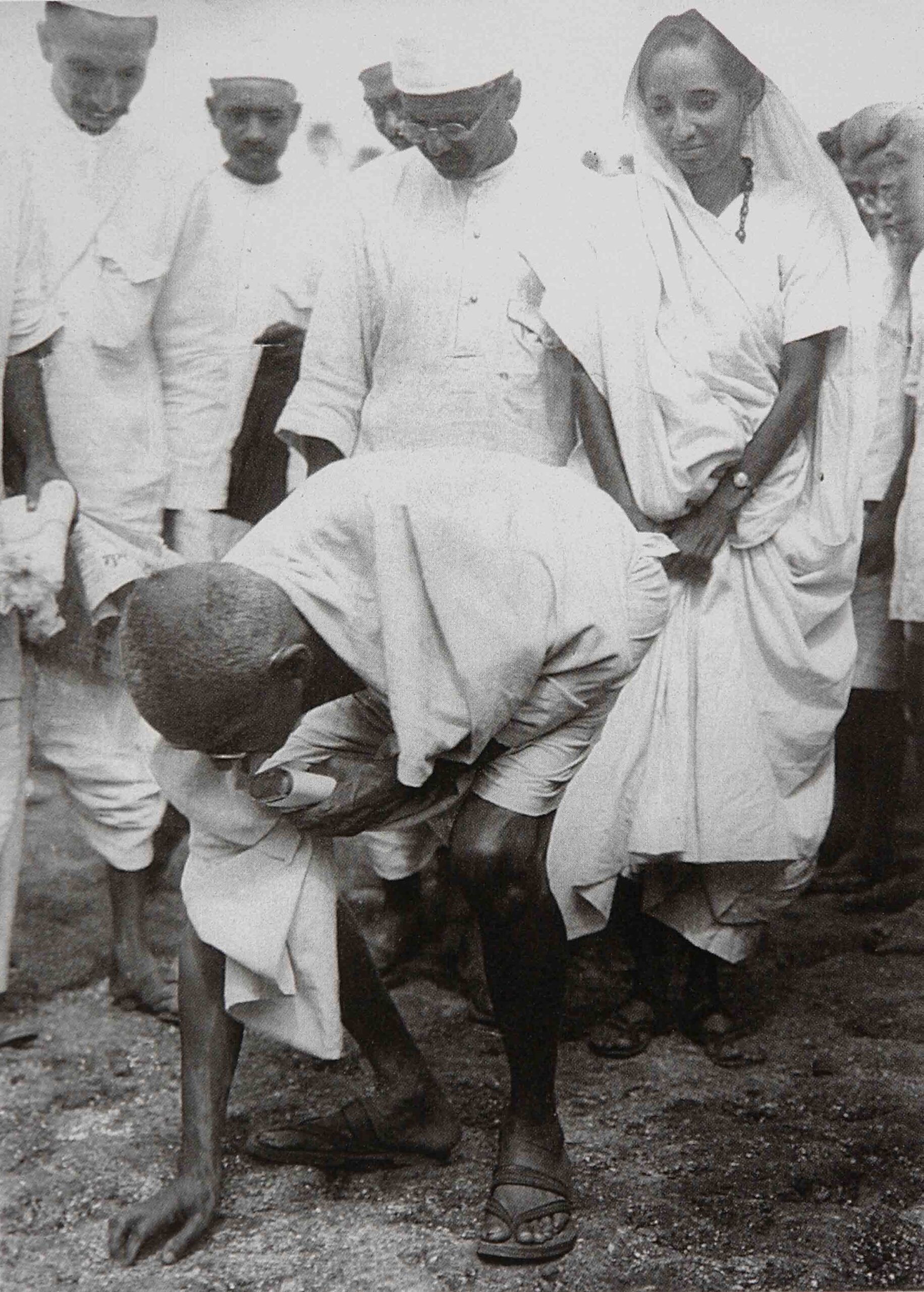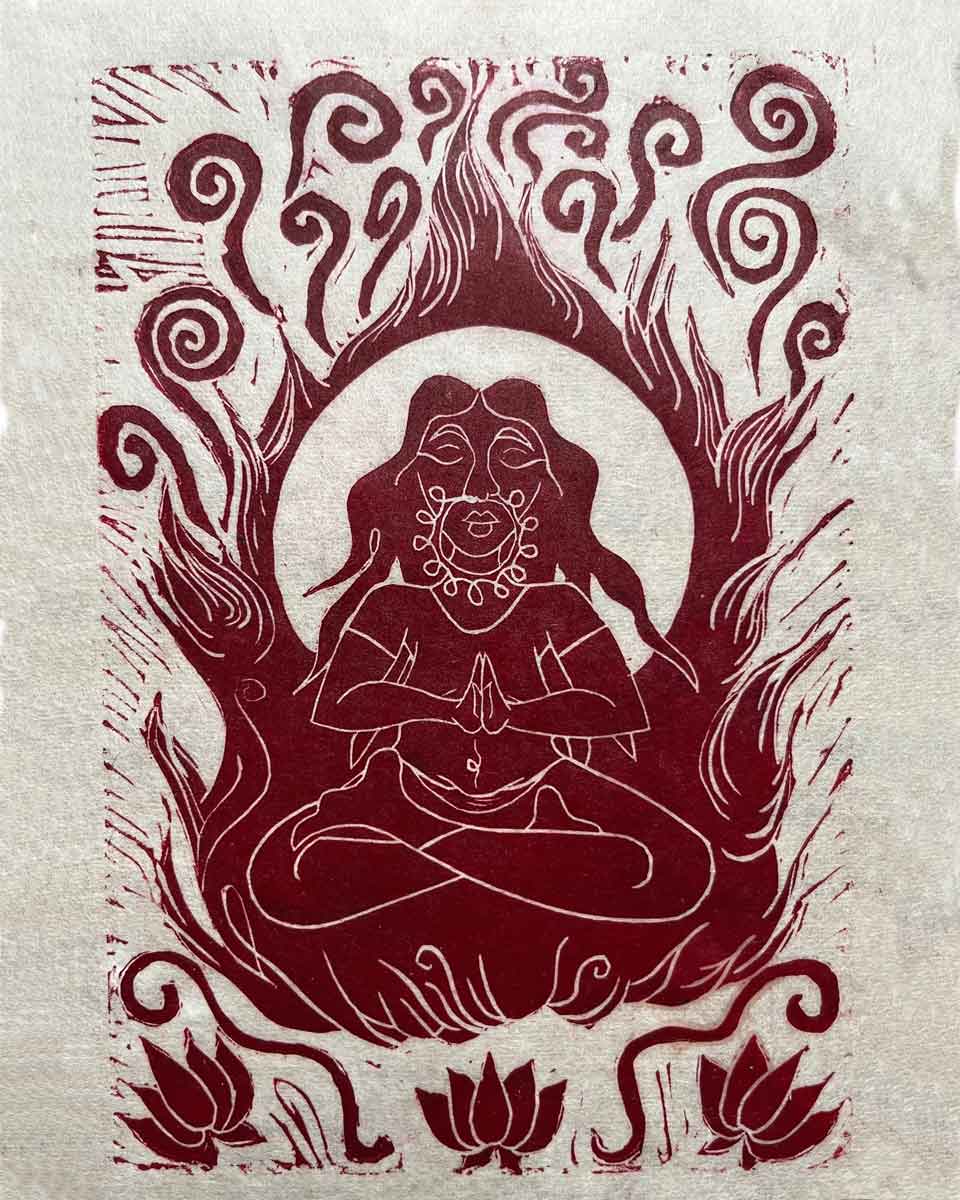Love by Gaspar Noé
“Can you show me how tender you can be?”
Electra in Love
Reading philosopher George Bataille’s Eroticism can practically be an erotic experience as he outlines the discontinuity humans have come to experience and our search à travers (via) the erotic to find again that lost sense of connection to another being. As he says, “Beings which reproduce themselves as distinct from one another, and those reproduced are likewise distinct from each other, just as they are distinct from their parents. Each being is distinct from all others.” What is interesting, at whatever level we take may take this idea, is the reality that in many ways and at various junctures in our life, we are separate from one another, “discontinuous” individuals, not connected “one to one”. The gulf exists “between you and me” and we search our whole lives to bridge that gulf – to become continuous beings to one another, so to speak.
Gaspar Noé’s Love is an absolutely brilliant treatise that perhaps questions “how can we become continuous again in our relation as humans, one to one”. It is not classic Gaspar Noé shock fare! Murphy has been cut off from Electra after a kind of almost complete fusion as lovers with her. With his present wife, he lives the painful “discontinuous” (alienating) one-to-one that is destroying him. He longs for his past love Electra. Gone are Noé’s emphasis on just the provocateur: flashing strobes, bashing of heads, deep dark dives (of course they are also there, it is Gaspar Noé after all). Instead what we have is an utterly artistic/aesthetic sweep of love/lust/compulsion at its highest and lowest levels – a survey of the complete catalysis love can be.
This might be Noé’s greatest work to date, combining graphic/comedic/absurdist aspects of his brilliant sophomore classic Carne, the developed story arc of his debut feature I Stand Alone, and all of the flashy signature Noé visual/mind-inducing visual tricks, distilled (raising the question, is Gaspar Noé our Jodorosky?). The highlight here is the lush amassing of shots of the configuration/compiling of body after body – the lush configuration of Murphy and Electra’s bodies shot after shot, viewed from above. These shots compile in the viewers mind and become a story-inducing/mind-inducing continuous red tableau (like an infinite triptych). One notes the cruciform position of both lovers (“one to one”), their “continuous being”, the exquisite love story Love is.
Other highlights include the “couple’s” long walk near the end of the film, which consolidates the gorgeous amassing of intense erotic bodies (DP Benoît Debie) that we’ve just seen and that has solidified in our mind by the end of the film like a gorgeous painting of how love/lust in fact might just be only for mortals – the shot after shot of Murphy and Electra in classic Gaspar Noé red tones, Noé poking fun at his own legend, Noé’s discovery and courage in introducing dynamite new actors Aomi Muyock and Karl Gusman, and an addictive classical music soundtrack (Bach, Satie) that makes Love a rhapsody/set of tableaux vivants about love come, love gone, and all the dark periods (s/m) in between. Goodbye hipster irony about love and contemporary life. Be patient and stay put. It starts out slow but then you will see – Love is gorgeous.
